Is your cat not using its cat litter box? Any cat owner can tell you how big a problem that is. If your cat starts defecating and urinating at different places in your house, it can lead to permanent foul odor and hygiene issues. The moment your cat stops using its cat litter box, make an effort to find out what the problem is and resolve it as soon as possible.
If your pet cat develops the habit of doing its business all over the house, it may be challenging to re-train it. It is, therefore, crucial to nip the problem in the bud. Here are some common reasons why your feline friend may not be using the cat litter box.
1. Rule out urinary and digestive issues
The primary reason why your cat may not be using the litter is that it has digestive problems. If your cat has intestinal inflammation, kidney stones, or urinary tract infections, urinating may be too painful for it. You may also notice that your cat makes sounds of pain when urinating and has a swollen abdomen.
You should contact your vet if you suspect any of these problems since these may be causing severe discomfort to your cat and preventing it from using the litter box. If your cat has diarrhea, the poor animal may not be able to control its feces for long enough to make it to the cat litter box. However, whether it is a UTI or diarrhea, all of these conditions are easy to treat.
2. Have separate boxes for different cats
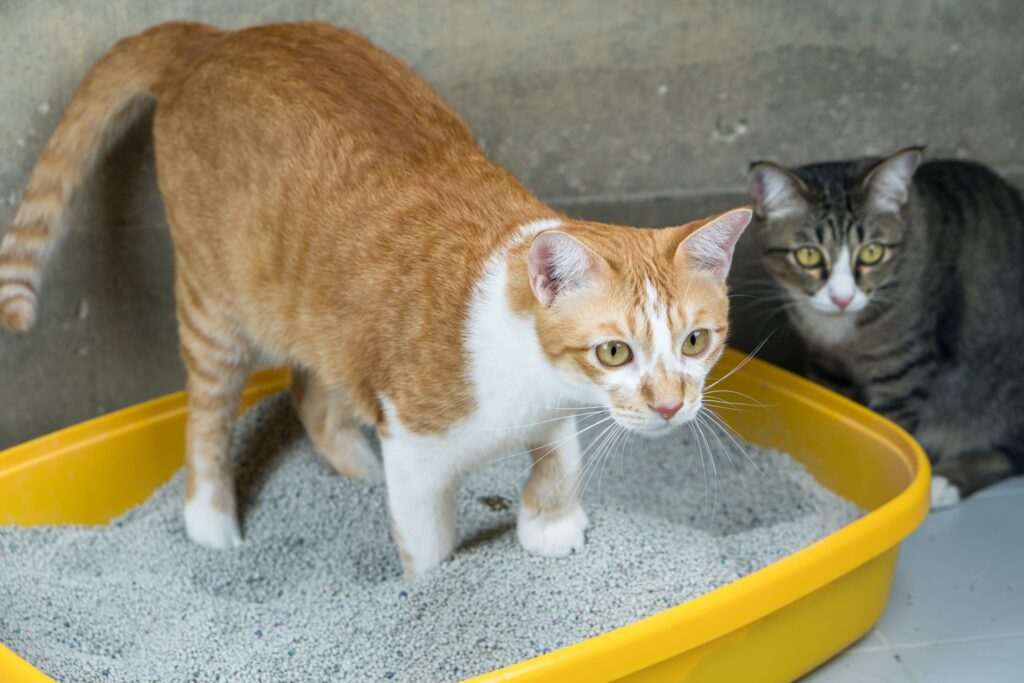
If you have more than one cat in your house, we recommend using different a separate cat litter box for each of them. This is because cats are territorial animals. If the scent of another cat is too dominating on a particular cat litter box, other cats will refrain from using it. This is actually pretty common in multi-cat households since some of the more dominating cats may establish a monopoly over the litter box at the outset. To avoid such problems, it is best to have a separately marked cat litter box for each cat, preferably in different colors, so they are easy to spot.
3. Separate boxes for urine and defecation
While this is not necessary for all cats, some cats actually do prefer to defecate and urinate in separate boxes. If your cat urinates in the litter and defecates outside, or vice versa, then the issue may be that you simply need one extra cat litter box for the other process.
4. Look at the brand of litter
If you have been using a particular brand of litter, be careful to continue using the same brand. Every litter brand has its own texture, smell, and feel. The best litter options are those that are unscented and feel like fine sand. However, if you absolutely have to change the litter, the best way to do it is to add a little bit of the new litter to the cat litter box every day.
This will give your cat a chance to become acclimatized to the new material and make the transition easier. If you are looking for new options, you could try clay-based litter or litter made of dry pellets. The key is to make smaller changes to the cat litter box so that your cat gets an opportunity to become acclimatized to it.
5. Check to see if the litter is clean
Cats are very particular animals and are famous for maintaining their hygiene. If their litter has not been cleaned after they have used it, they may not use it a second time. While you do not need to change the litter after every use, try to change it frequently before any odor develops.
If you are too busy to clean the litter box daily, we suggest investing in a self-cleaning litter box for your cat’s comfort. This automatic litter box does not need to be checked for numerous days and can make things easy for you.
6. Don’t change locations frequently
Cats are creatures of habit. Once you have kept their litter box in a particular place, they will get used to visiting that place to answer nature’s call. Your cat will become accustomed to the smell, air, and environment of the location. If you change the litter’s location, your feline friend may not feel comfortable enough in the new circumstances and avoid using the litter. This is why I suggest not changing the cat litter box location too frequently. Only do it if it is absolutely necessary, since too many changes may make your cat opposed to the litter box altogether.
7. The size may be too small
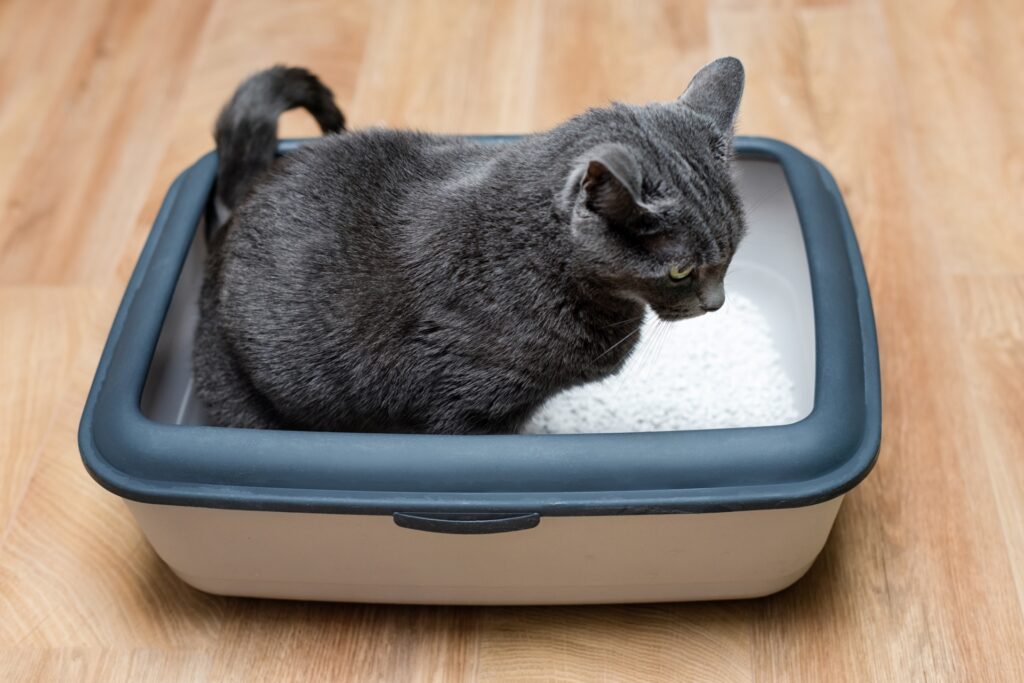
Frequently, the problem is one of size. If you buy a kitty litter when your pet is a tiny kitten, it is likely to be smaller in size. The kitten will be trained to use it, and all will be well for a few months. However, once your pet grows into an adult cat, the kitten-sized litter may be too small for it. The small size will make your cat uncomfortable, and it will simply stop using the litter. The easiest way to remedy this is to simply get a bigger cat litter box.
8. Too much litter
Make sure that you do not put too much litter in the cat litter box. Yes, there is such a thing as too much litter. Cats ideally prefer 1-2 inches of litter in their box. Anything deeper than this may make it uncomfortable for your cat to defecate. Their paws may start slipping on the surface of the cat litter box, and they may not be able to maintain a proper grip while defecating.
A cat’s litter box is its place of comfort. Cats have very particular habits, and any minor change or upset in them can disrupt their whole routine. It is essential that your cat uses its litter box for defecation and urination if you want to maintain the hygiene of your house. If you see your cat not using the cat litter box, look at the list above and see which possible issue is bothering your cat.

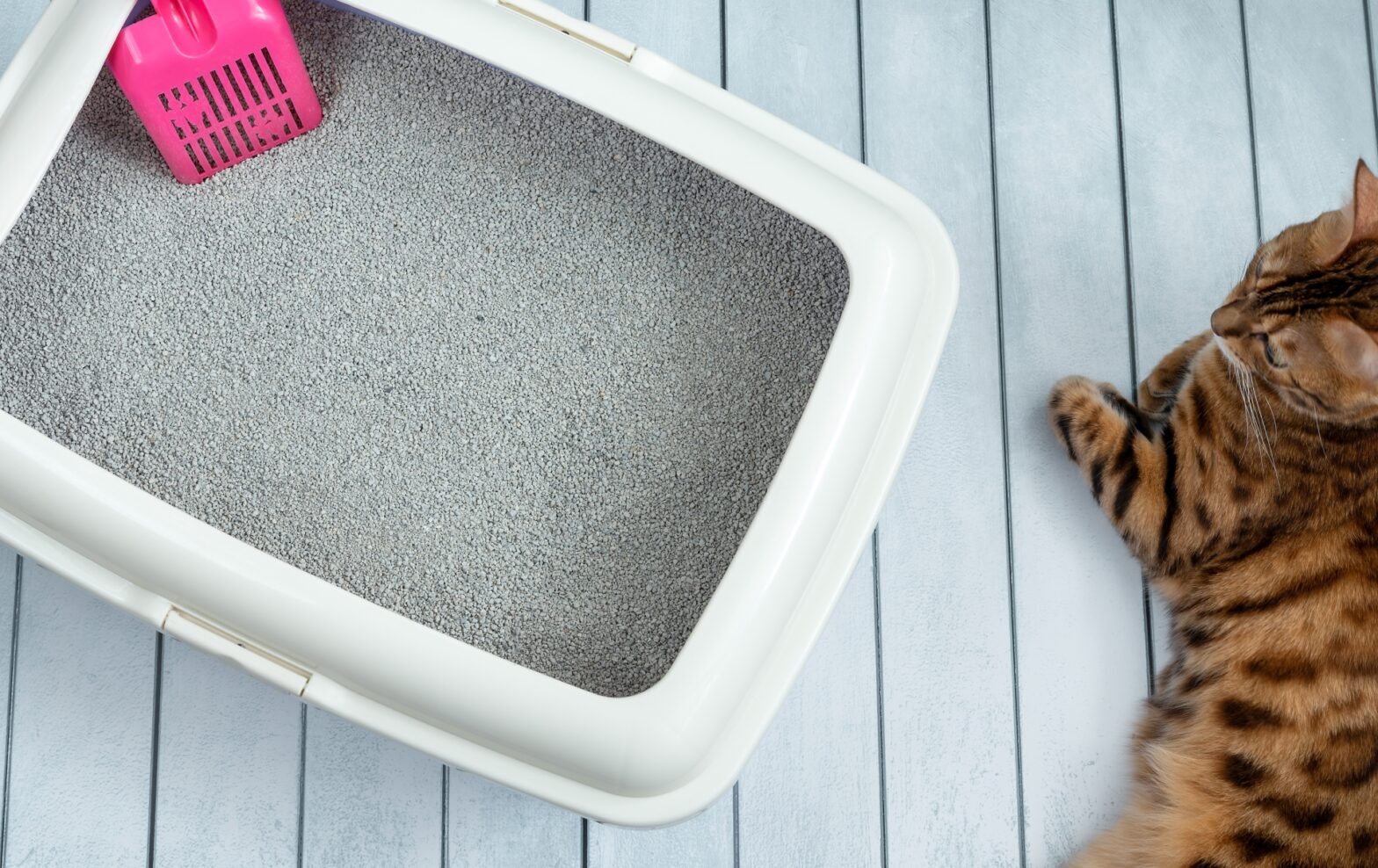
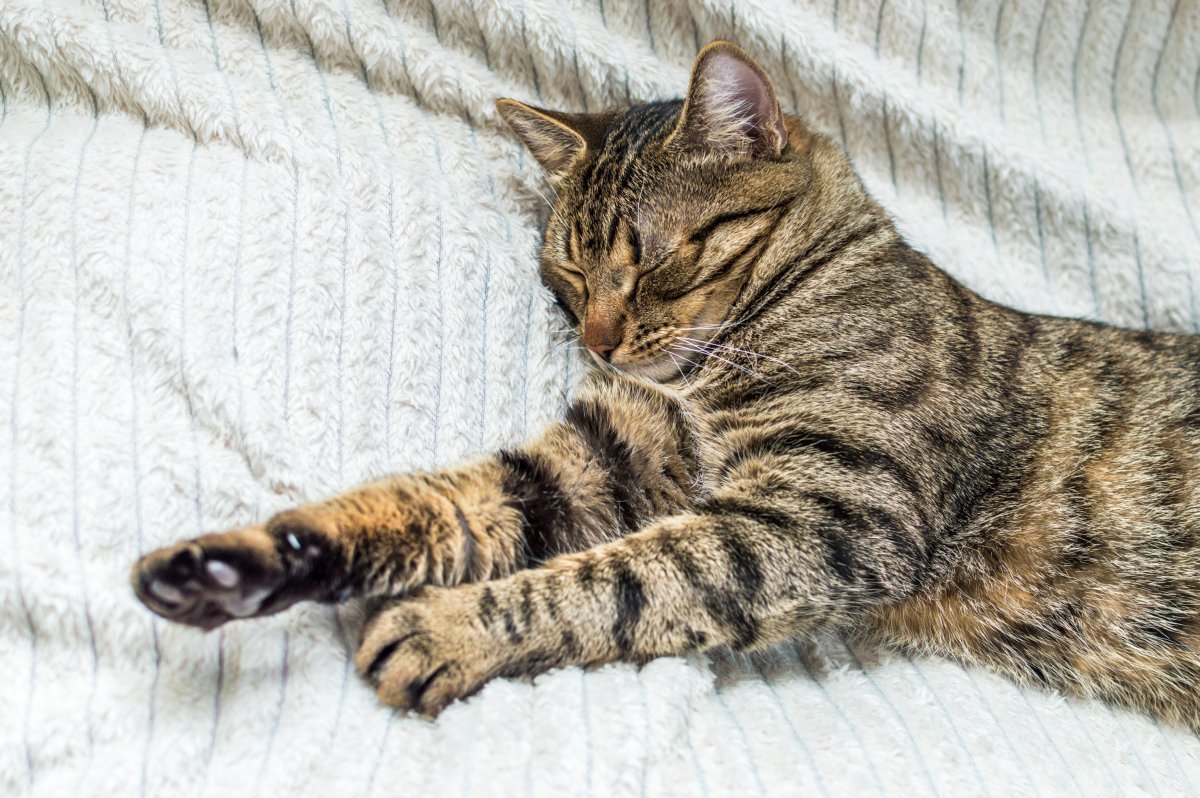
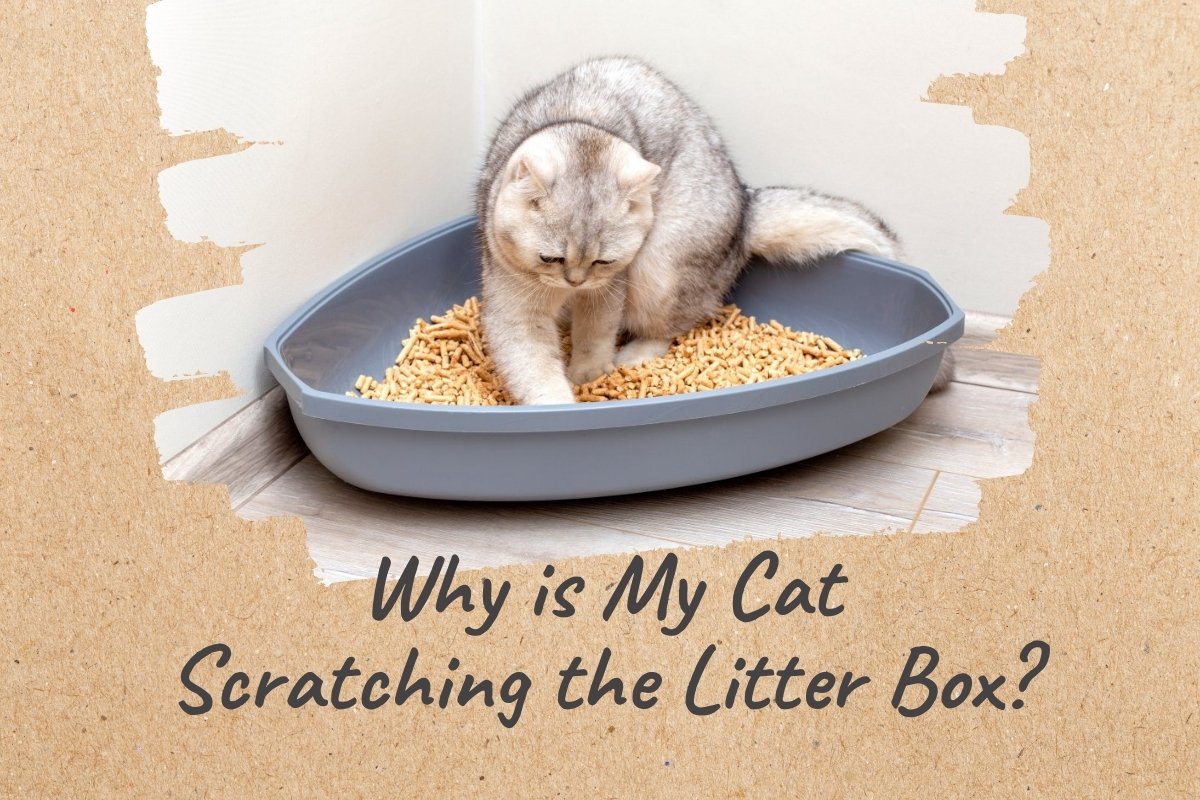

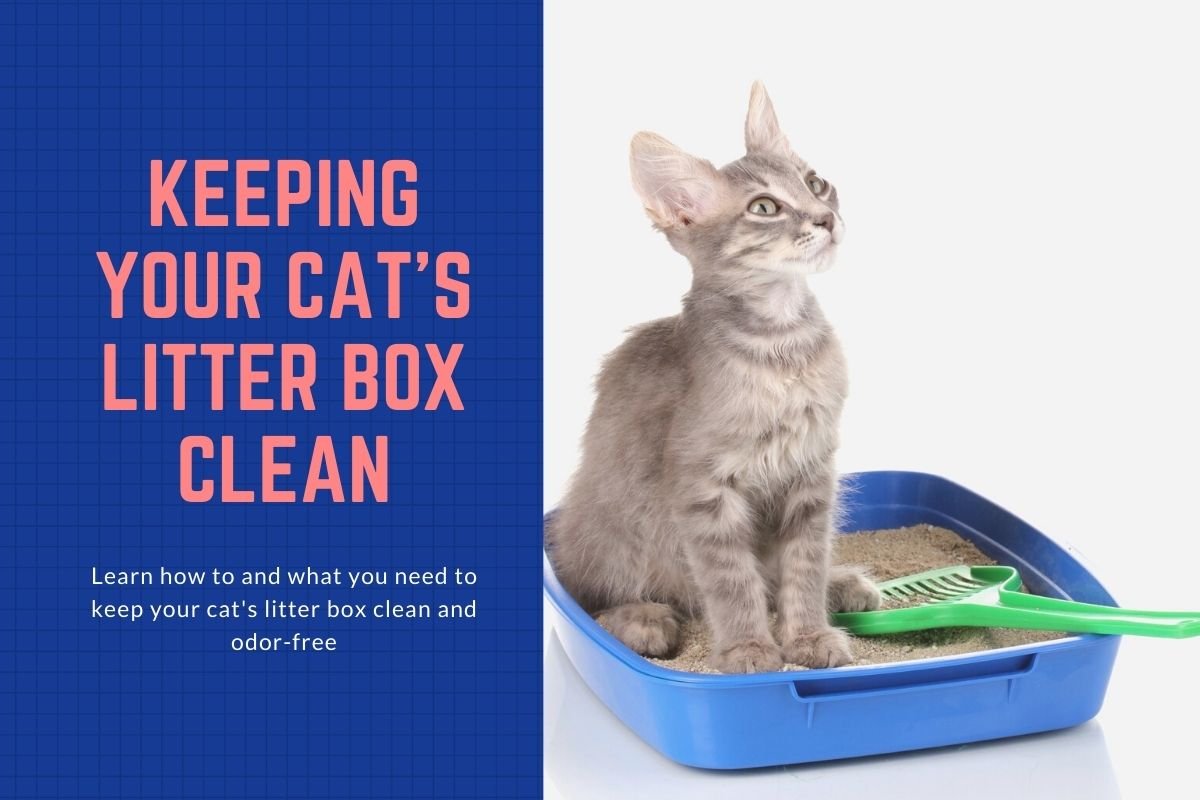
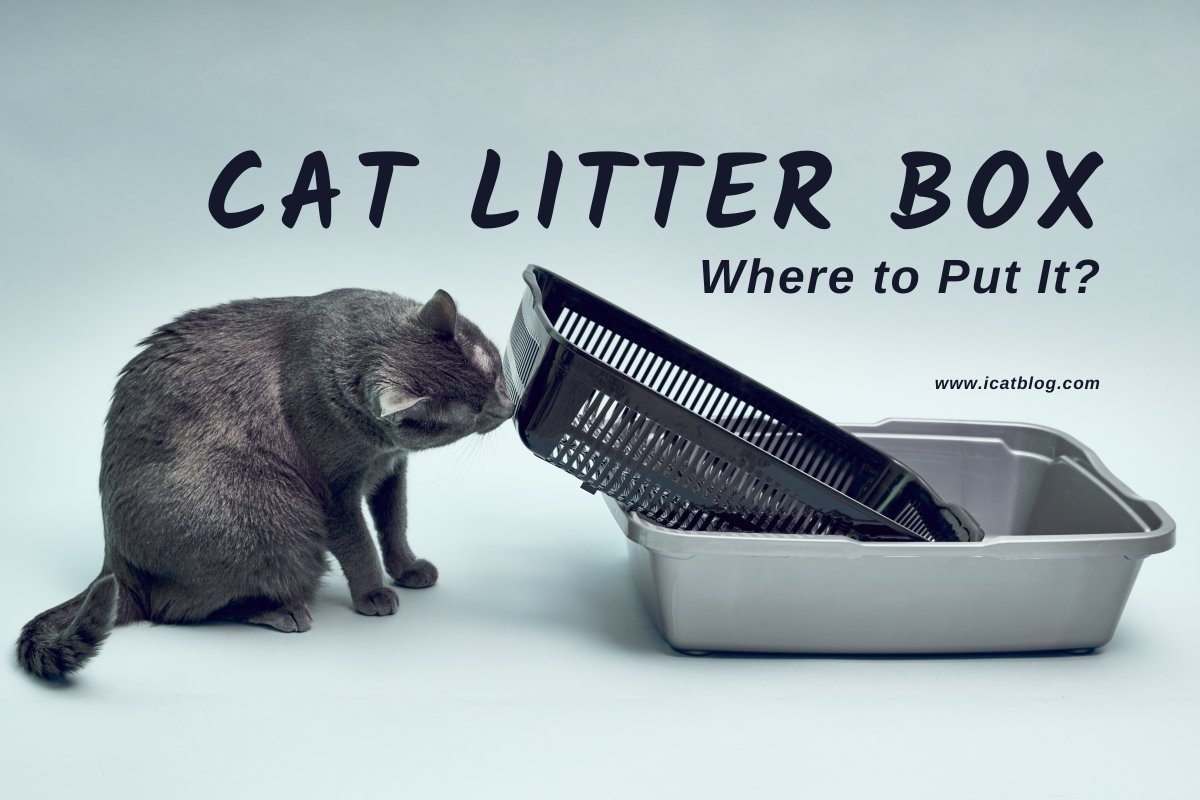
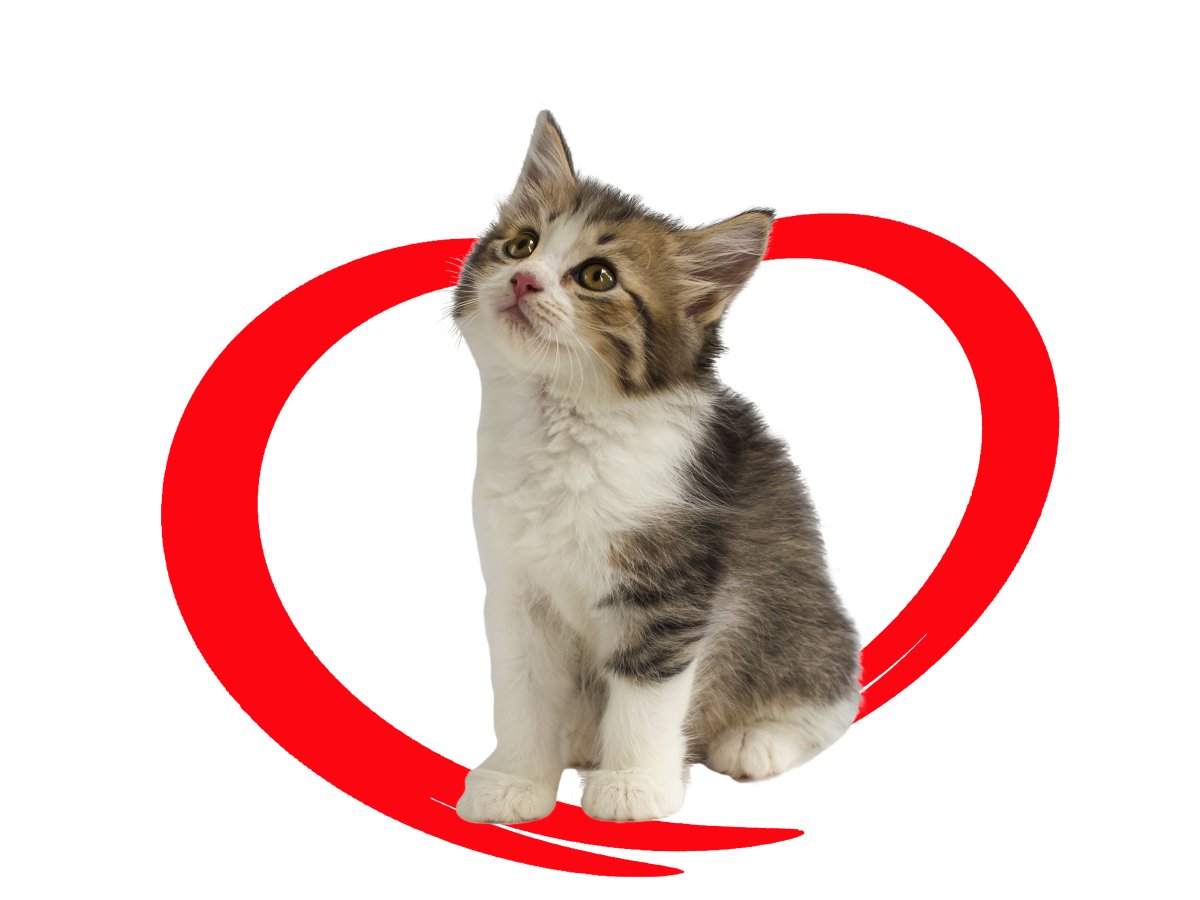
4 comments